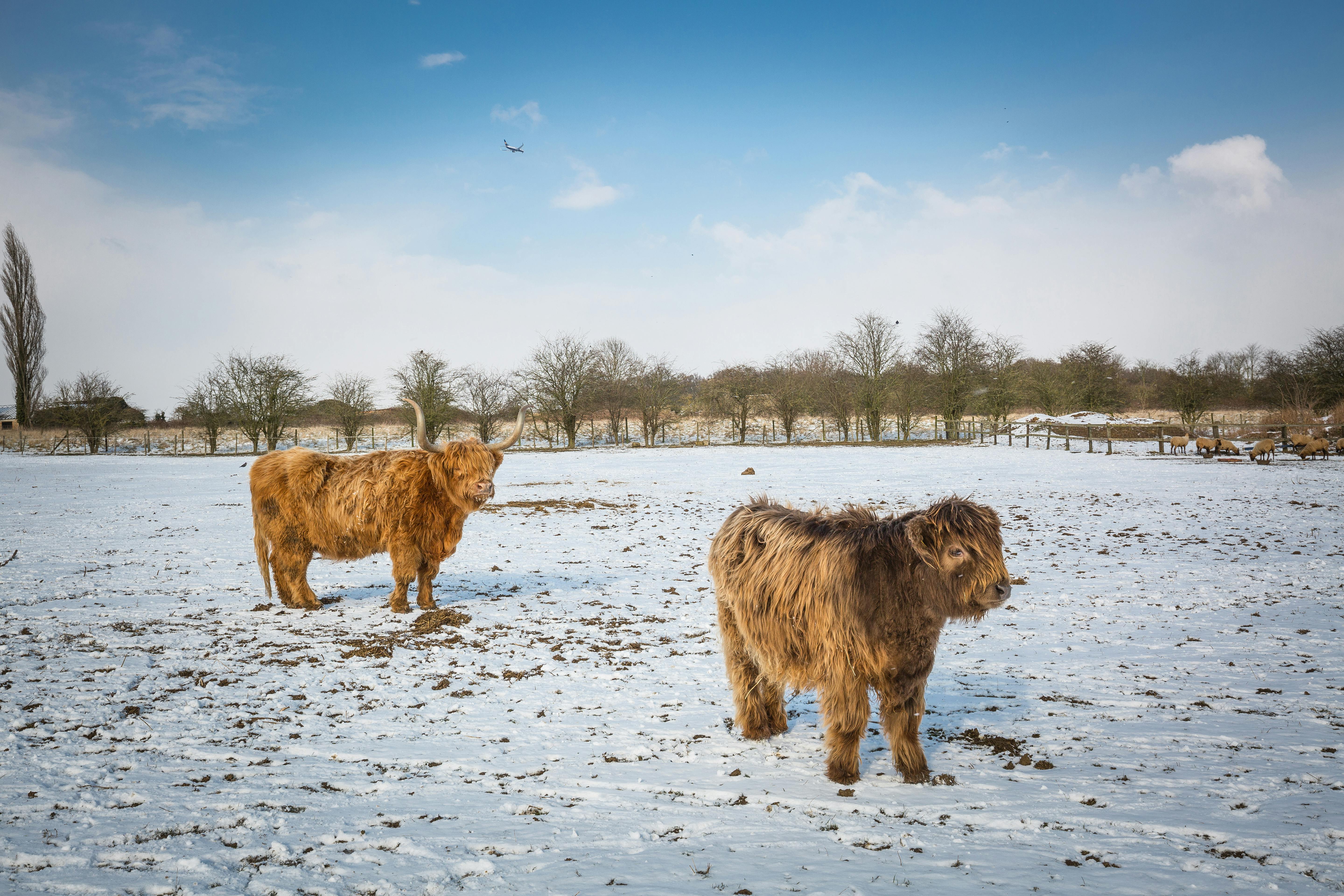When pasturing animals for winter, many farmers and homesteaders choose to use a place the animals will stay through the duration of the winter months- a sacrifice pasture. There are many good reasons for this, including: a lack of structured winter housing, ease of manure management, accessibility to livestock in winter weather, and the ability to rest other pastures through the winter. While the use of a sacrifice pasture works well for many operations, there are some considerations to run through before implementing this practice.
The pasture in which you choose as your sacrifice will receive a lot of “fertility” over the winter months. This can be a useful tool, as it will boost the nutrient profile of the pasture, as well as possibly increasing the organic matter content. If feasible, choose a pasture that does not already have high fertility, particularly high concentrations of phosphorus. It may also be good to do a soil test after the animals are moved off in the spring, as this can tell you where the field’s soil fertility stands.
Although your sacrifice pasture may be receiving a lot of fertility, the pasture plants are also getting a beating. This is especially true of years with lots of precipitation, and freeze-thaw cycles. If you are using this pasture to house pigs, you should say goodbye to almost all the pasture plants that were there during the preceding fall.
Just as with soil fertility, use this as a tool to establish new pasture plants. To get the best spring stand, you will need full pasture remediation once the animals are removed. This includes tillage, at least a discing, but possibly both a primary and secondary tillage, plus drilling seed. If you do not have access to this equipment, do not have a desire to till your field, or only have a very small pasture to reseed, then there are still options.
If you are feeding hay, attempt to vary where you feed, so that you can cover the whole area by the time the animals move off. This will introduce new seeds to the pasture, especially legumes, which are often cut in their flowering stage.
You can also frost seed. This works best for clover seeds, which are broadcast in the late winter. The seeds work their way into cracks in the ground that are created by freeze-thaw cycles. The seeds will also be pressed into the ground by the animals inhabiting the pasture.
If the pasture ground is still in fair shape, but the pasture sward density is very denuded, you can run a no-till drill over it in spring to introduce new seeds to the sparse pasture. A sacrifice pasture can work very well in an overall pasture rotation. With a little planning and proper implementation, you can be confident that the cold moonscape of a pasture that you leave in early spring will be a lush and fertile pasture to come back to in summer.
